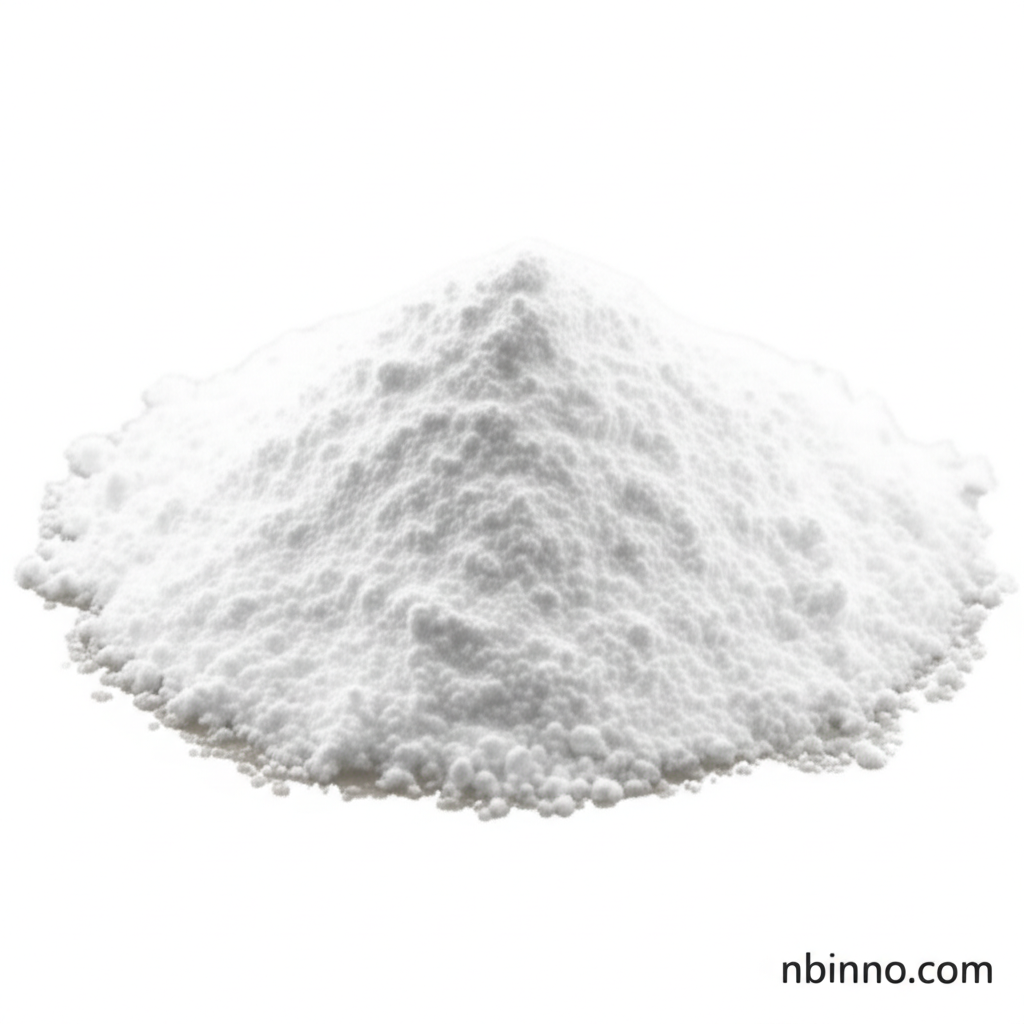High Purity 3a,4,7,7a-Tetrahydro-4,7-Methanoisobenzofuran-1,3-dione (CAS 826-62-0): Synthesis, Properties, and Applications
Discover the key properties and versatile applications of 3a,4,7,7a-Tetrahydro-4,7-Methanoisobenzofuran-1,3-dione, a crucial organic intermediate.
Get a Quote & SampleProduct Core Value

3a,4,7,7a-Tetrahydro-4,7-Methanoisobenzofuran-1,3-dione
As a leading manufacturer in China, we provide high-purity 3a,4,7,7a-Tetrahydro-4,7-Methanoisobenzofuran-1,3-dione (CAS 826-62-0). This compound is vital for advanced applications, showcasing its importance as a key chemical intermediate.
- Explore the chemical properties of CAS 826-62-0, including its molecular formula C9H8O3 and a molecular weight of 164.16, essential for precise chemical synthesis.
- Learn about the critical role of this Nadic anhydride in the formulation of polyester coatings, ensuring durability and performance in various industrial applications.
- Understand its significance as a versatile organic synthesis intermediate, enabling the creation of complex molecules and advanced materials.
- Discover why sourcing this high-purity anhydride from a reliable manufacturer in China is crucial for consistent quality and supply chain reliability.
Product Advantages
Exceptional Purity
Benefit from the high purity levels of our Nadic anhydride, ensuring predictable and optimal results in your chemical synthesis and polymer applications.
Versatile Intermediate
Leverage its capabilities as an organic synthesis intermediate, facilitating the development of novel compounds and advanced materials for diverse industries.
Key Monomer for Coatings
Utilize this essential monomer in polyester coatings to achieve enhanced performance, contributing to reliable food packaging solutions.
Key Applications
Polyester Can Coatings
This compound serves as a critical copolymer monomer in polyester can coatings, offering protection and durability for food and beverage packaging, a key aspect when considering advanced chemical intermediates.
Organic Synthesis
It is widely employed as an organic synthesis intermediate, facilitating the creation of complex molecular structures for research and industrial production.
Polymer Modification
Its anhydride functional group makes it suitable for modifying polymers, potentially improving their thermal stability and mechanical properties.
Research and Development
Researchers utilize this chemical for developing new materials and exploring novel reaction pathways, contributing to advancements in the field of fine chemicals.
